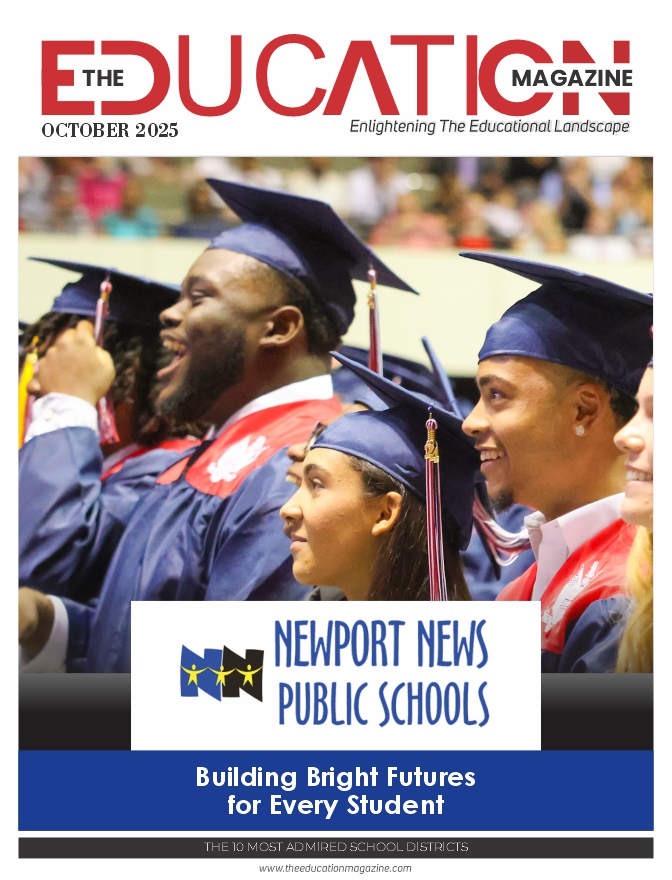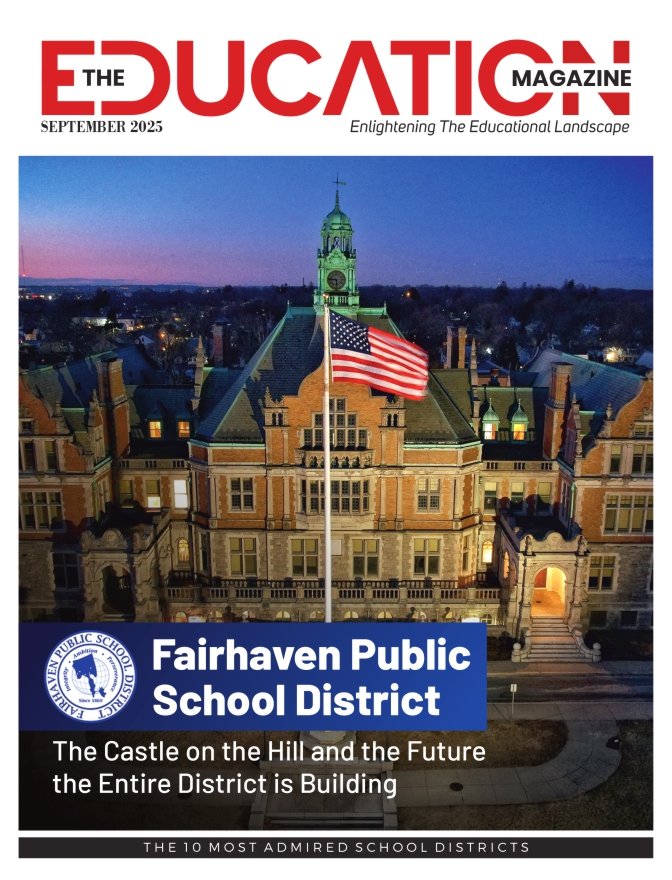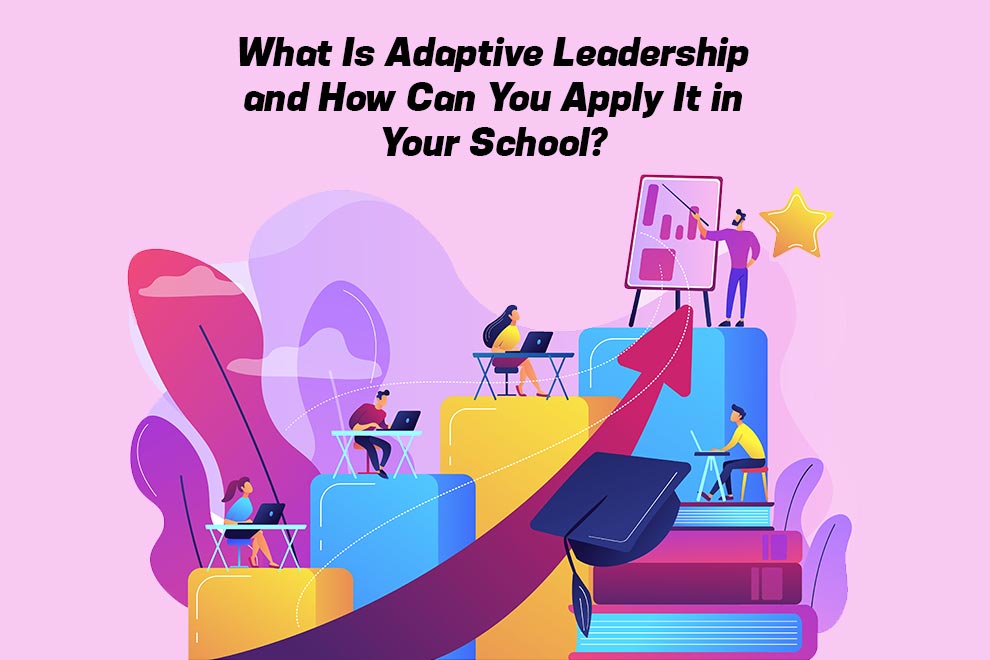In today’s classrooms, access to books is as vital as access to the internet. Yet for many families and schools, cost remains a barrier. Affordable digital resources are changing that reality. With the rise of platforms offering kindle book deals, students and educators alike are finding new ways to stretch budgets while keeping shelves, physical or digital, full.
The shift isn’t just about saving money. It’s about ensuring that every learner, regardless of background, can engage with diverse stories, perspectives, and subjects. At a time when literacy rates and reading engagement are under scrutiny, the ability to put more books into more hands is critical.
Accessibility Meets Affordability
Traditional textbooks and print materials have long been costly, creating equity gaps between well-funded and underfunded schools. Digital access lowers that barrier. Educators now use subscription-based models and curated eBook libraries to supplement their curricula, often at a fraction of the cost of print.
For students, this means the ability to read on any device: at home, in the library, or on the bus. For teachers, it means flexible lesson planning and the ability to integrate updated materials in real time. The result is a more agile, inclusive approach to learning.
Building Lifelong Readers
Access alone doesn’t build strong readers; engagement does. That’s why educators stress the importance of giving students choice. Exposure to a wide variety of genres and formats increases the likelihood that they’ll find good books to be read, the ones that spark curiosity and sustain attention.
Digital libraries make this easier. From contemporary fiction to academic texts, students can browse far beyond the limited selection of a classroom shelf. Research shows that when readers are allowed to choose their own material, reading time and comprehension both improve.
Technology as a Teaching Tool
Beyond availability, digital reading platforms are incorporating tools that enhance comprehension. Adjustable font sizes, built-in dictionaries, and audio support aid learners with different needs. Analytics help teachers track engagement and identify students who may need extra support.
This data-driven approach represents a new dimension of teaching: blending traditional literacy goals with 21st-century digital literacy.
A Global Perspective
In developing countries, eBooks can help bridge the education divide. Programs that distribute low-cost eReaders to rural communities are giving students access to materials they would otherwise never see. UNESCO notes that mobile reading initiatives have already increased literacy rates in parts of sub-Saharan Africa and South Asia.
Digital reading isn’t just a convenience, it’s a lever for global educational equity.
Looking Ahead
The role of digital reading in education will only grow. As publishers, schools, and technology providers collaborate, the focus must remain on access, affordability, and engagement. The challenge isn’t whether digital reading will shape the future of education, it’s how equitably that future will be built.
With thoughtful implementation, affordable eBooks can move beyond being just an alternative format. They can become a cornerstone of inclusive education worldwide.
Also Read: How Long Does It Take to Become a Pharmacist? Education & Licensing Timeline










